As the Eagles were working on their 1972 eponymous debut, Bernie Leadon presented a song to the band to flesh out. Don Henley started working on the song and added more melody and lyrics to “Witchy Woman,” the second track and single from the album.
Released after “Take it Easy,” which gave the band their first charting hit, peaking at No. 12 on the Billboard Hot 100, “Witchy Woman” was a solid follow reaching No. 9.
Videos by American Songwriter
The Occult, F. Scott Fitzgerald, and Carlos Castaneda
“Witchy Woman” was based on several women Leadon and Henley read about or met, including a friend of Henley’s girlfriend during the early ’70s who was practicing “white witchcraft.
“All things occult were popular in those days—ouija boards, séances, palm reading, etc., said Henley. of the song in 2016 “A lot of the girls were into what was called ‘white witchcraft,’ that is, they were practitioners of folk magic for benevolent purposes, as distinguished from malevolent witchcraft or black magic. I think some of them practiced a little of both.”
Henley added, “I thought it was charming and seductive, but I never took any of it seriously. For the most part, it was just a phase people were passing through, part of the overall youth movement and the quest for spirituality, which included a re-enchantment with the ‘old ways.’ It was harmless fun.”
Raven hair and ruby lips
Sparks fly from her fingertips
Echoed voices in the night
She’s a restless spirit on an endless flight
Woo-hoo, witchy woman
See how high she flies
Woo-hoo, witchy woman
She got the moon in her eye
She held me spellbound in the night
Dancing shadows and firelight
Crazy laughter in another room
And she drove herself to madness with a silver spoon
During this time, Henley was also drawn to books by the Peruvian-born anthropologist Carlos Castaneda, who had trained in shamanism, but overall, “Witchy Woman” was a “composite” of different women, including the wife of American author F. Scott Fitzgerald.
“I had been reading a book about the life of F. Scott Fitzgerald’s troubled wife, Zelda, who, in her thirties and forties, drifted in and out of psychiatric hospitals suffering from schizophrenia (or more likely, bipolar disorder),” recalled Henley, “while her husband’s health and career spiraled downward, due to his abuse of alcohol.”
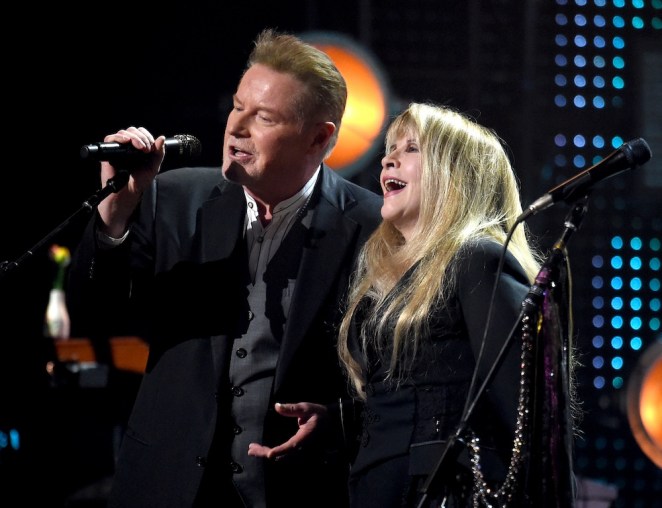
Stevie Nicks
Years after the release of “Witchy Woman,” Henley also started dating Stevie Nicks, who has often been associated with a “white witch” persona. After connecting in the mid-’70s, Nicks and Henley dated for a few years before calling things off. During their years together, Nicks became pregnant with Henley and had an abortion, which partially inspired her song “Sara,” from Fleetwood Mac‘s 1979 album Tusk.
“Don always treated me very special,” said Nicks. “He always kinda treated me like we were married, in that strange sorta way he still does, whenever I see him.”
For Nicks, “Witchy Woman” was the Eagles song that caught her ear early on, before she and Lindsey Buckingham joined Fleetwood Mac. “The Eagles were famous before Lindsey, and I moved to Los Angeles,” Nicks told BBC Radio 2 in 2011. “We drove to LA, and I remember listening to that song, thinking what a great song it was, and of course, I’m sure as all women my age did at that point, we were all hoping that we would actually be the witchy woman. Premonition-wise, I would come to know Don Henley quite well. In fact, I even do know who the actual witchy woman was; it was someone who became a very famous jeweler.”
Nicks continued, “The Eagles were very inspirational to both Lindsey and I because we loved their singing, and we loved their ability to bridge country and rock and roll so beautifully,” she continued. “I thought ‘Witchy Woman’ was just the perfect mix of country and rock and roll. And so we were very inspired by that, Lindsey and I.”
Henley and Nicks Duets
During the early to mid-1980s, years after Nicks and Henley‘s relationship had ended, the two reconnected on several collaborations, beginning with Nicks’ 1981 solo debut Bella Donna, and their hit duet on “Leather and Lace,” which peaked at No. 6 on the Billboard Hot 100. Henley also joined on the backing vocals and drums on the Bella Donna track “The Highwayman,” and in 1985, the pair reunited for a cover of Warren Zevon‘s “Reconsider Me,” which ended up on Nicks’ 1998 box set Enchanted.
The two later reconnected again, 30 years later, for Henley’s 2015 album Cass Country on an unlikely cover of “It Don’t Matter to the Sun,” which was released as a bonus track for Target. The song was originally released 16 years earlier on Garth Brooks‘ album, released under his alter-ego moniker Chris Gaines.
Photo: Henry Diltz / Morrison Hotel Gallery



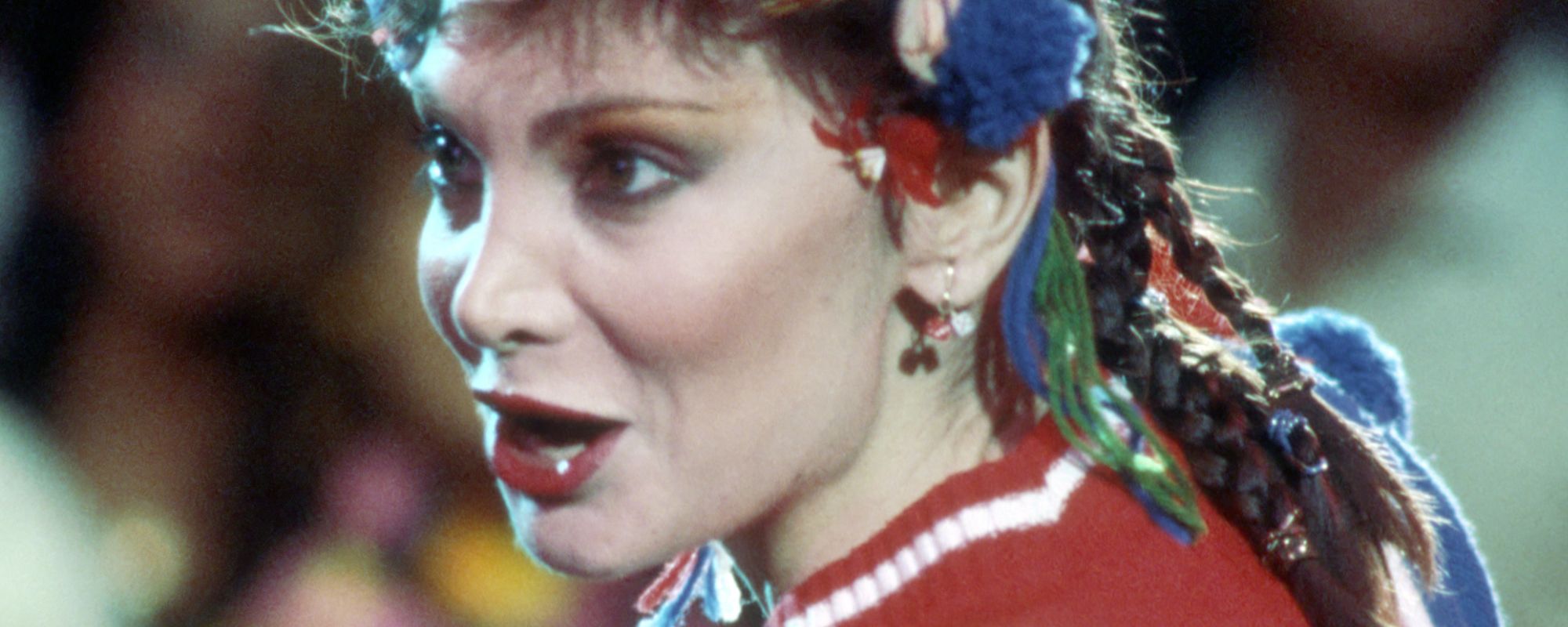
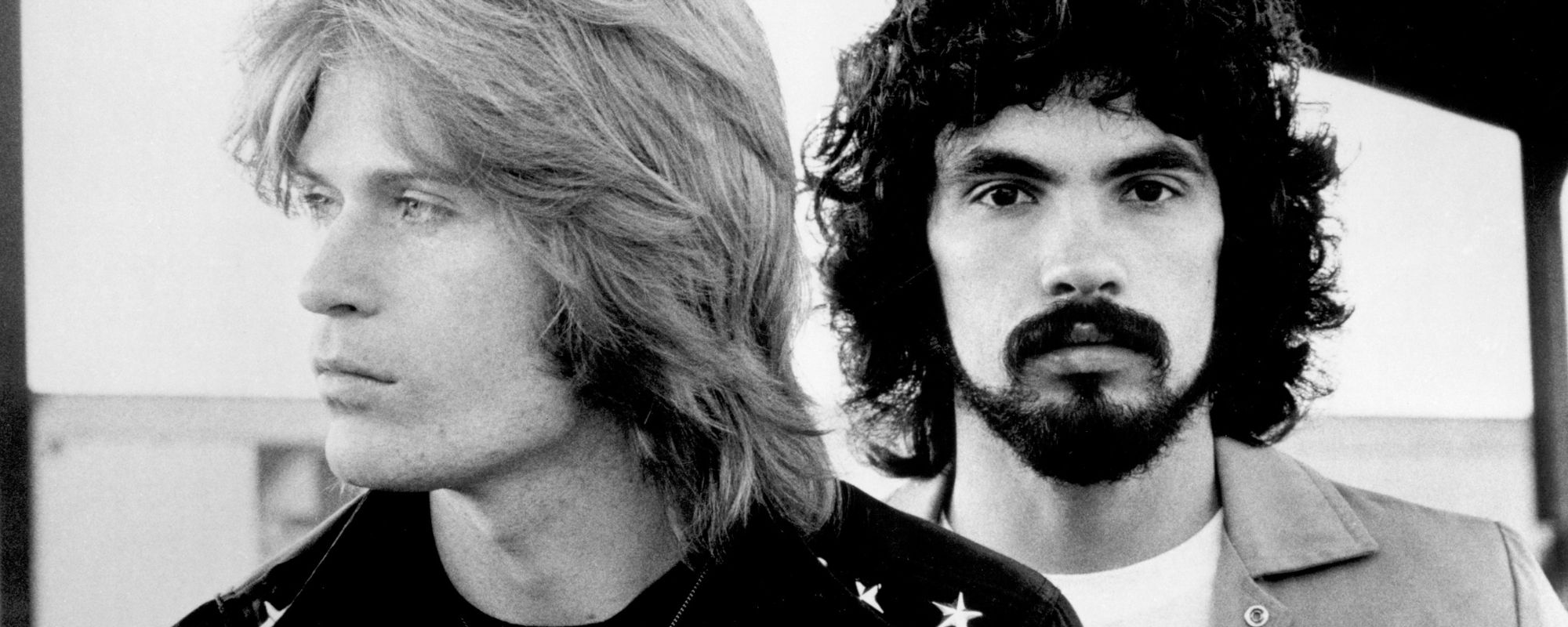
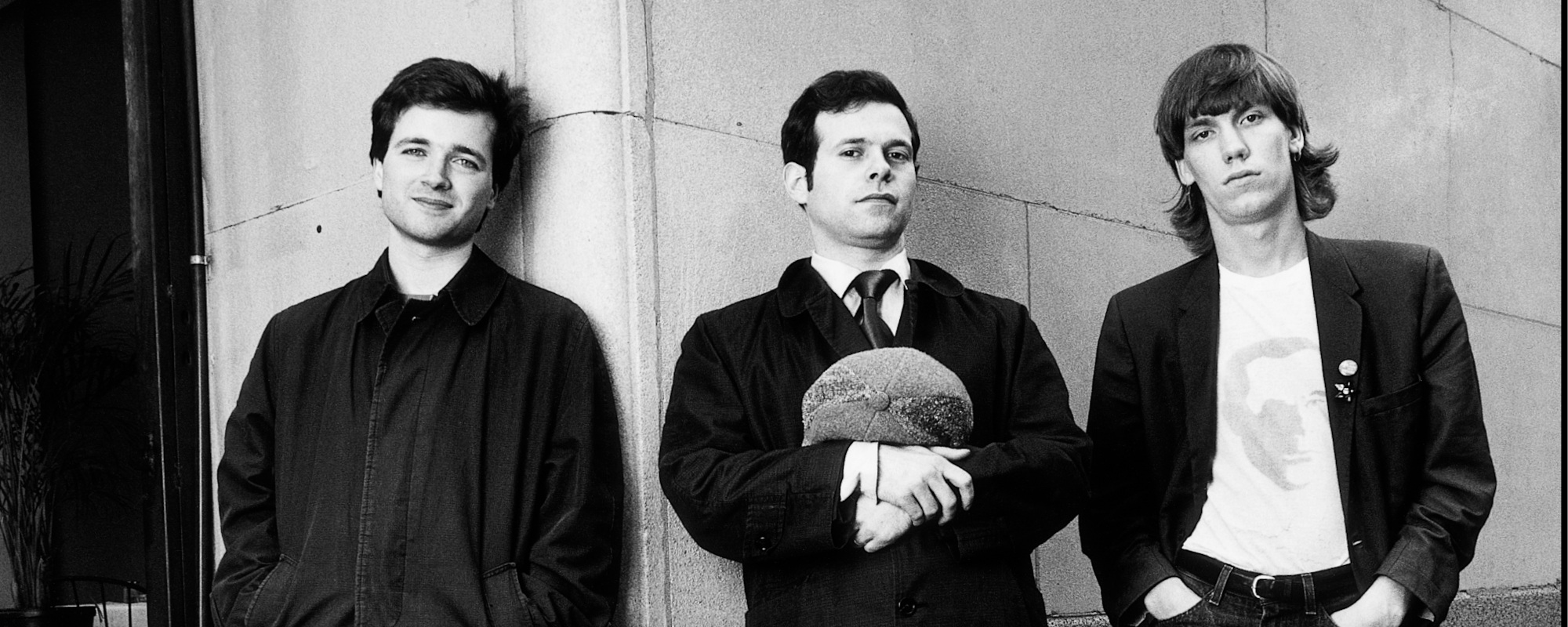
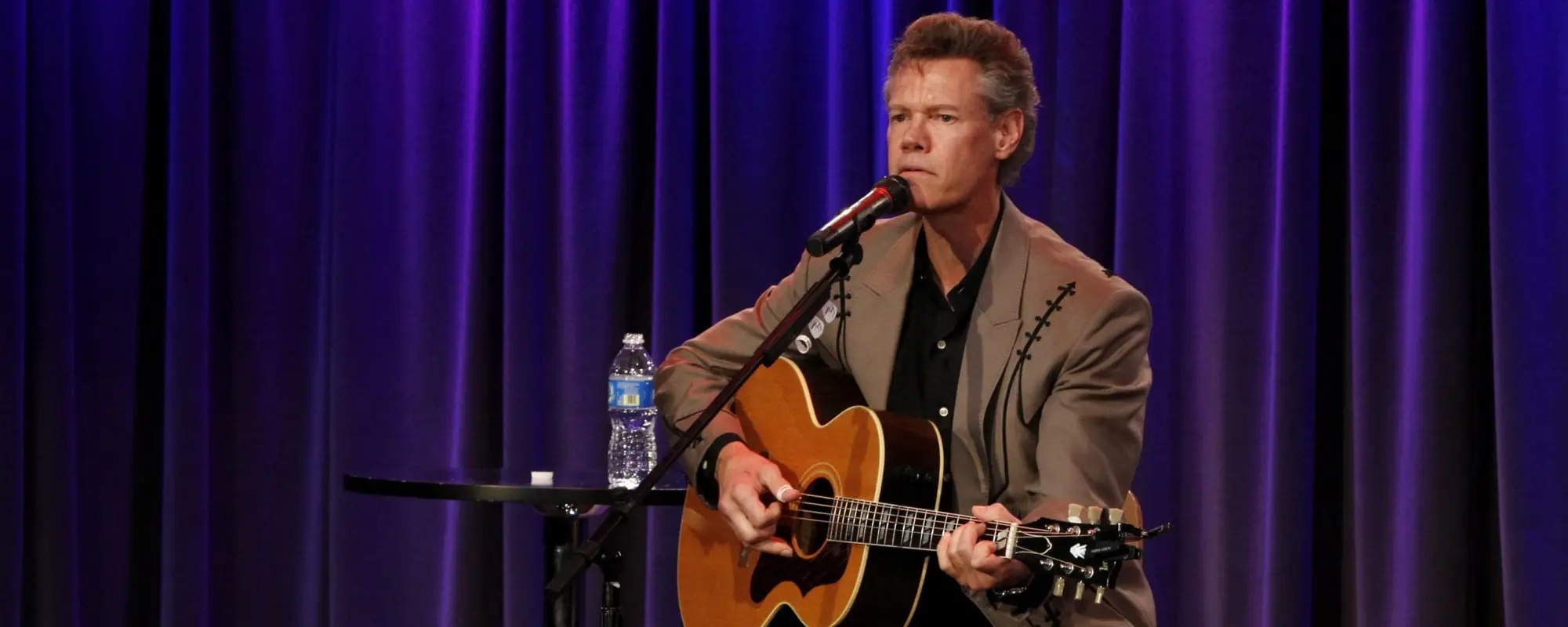
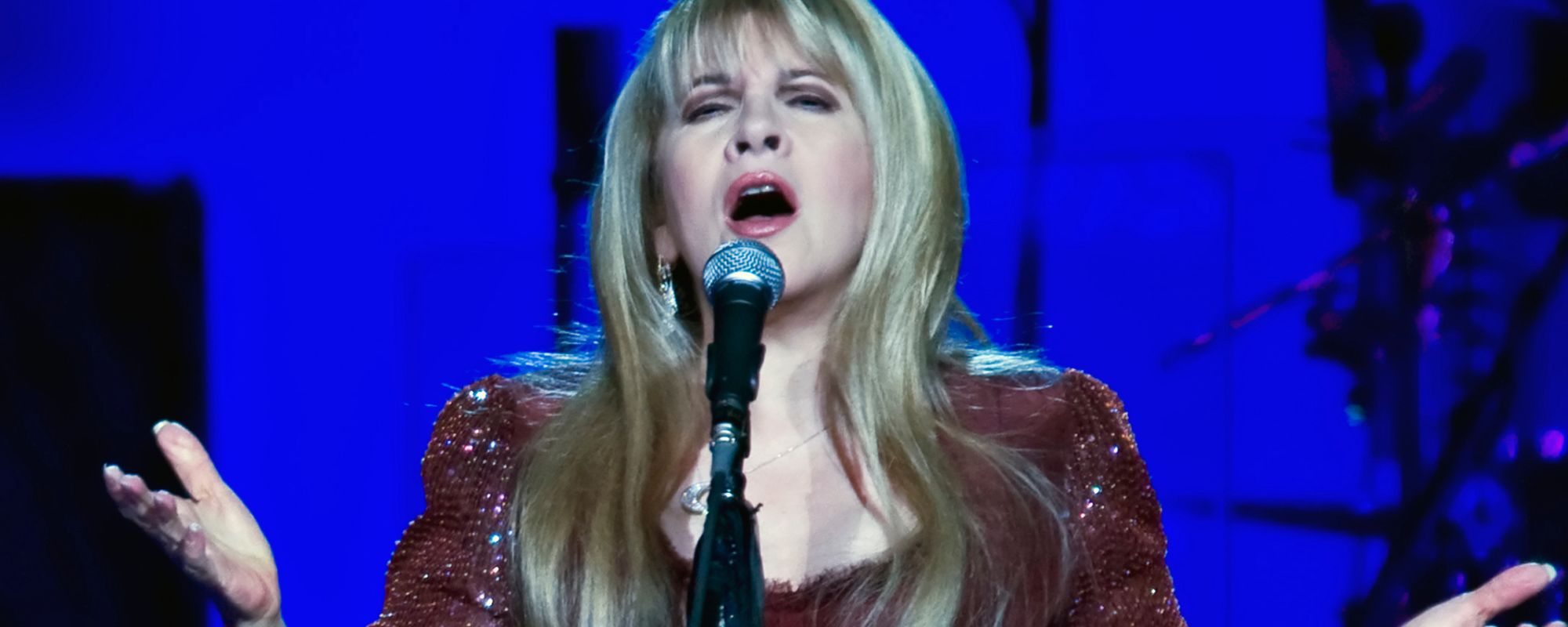
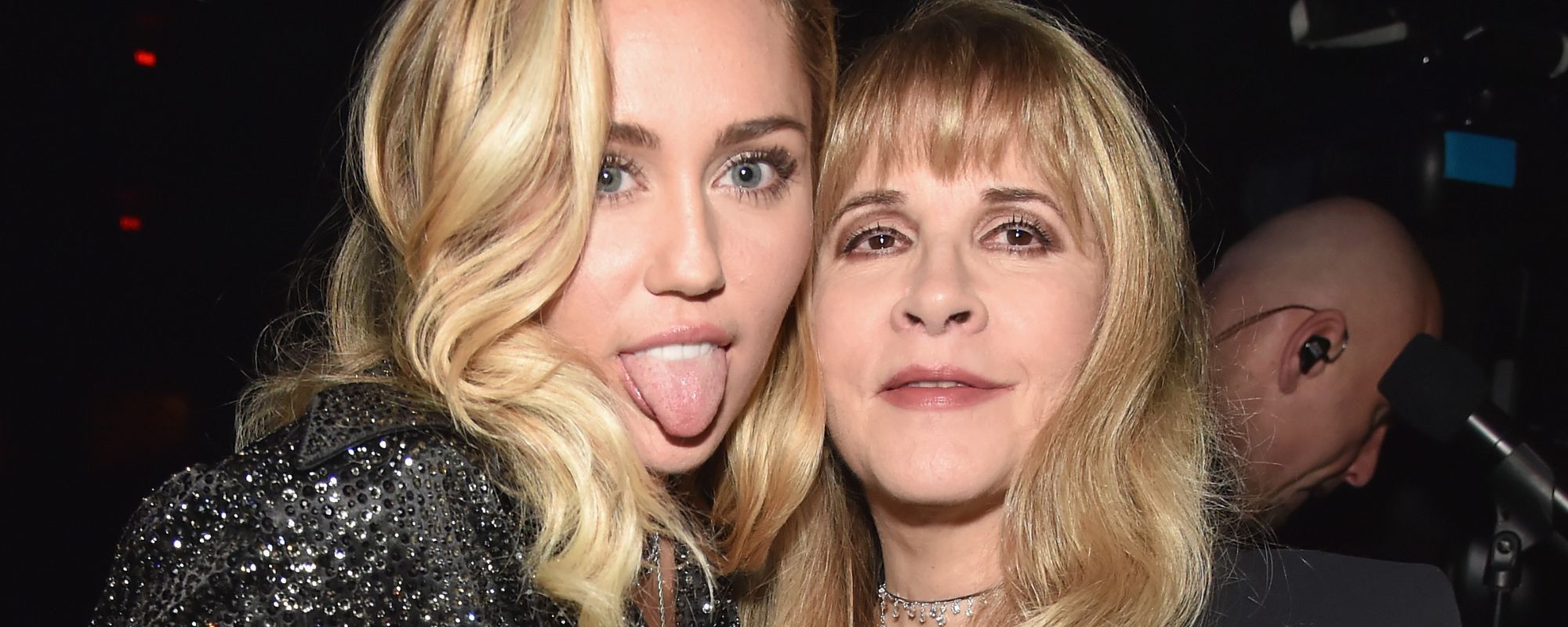
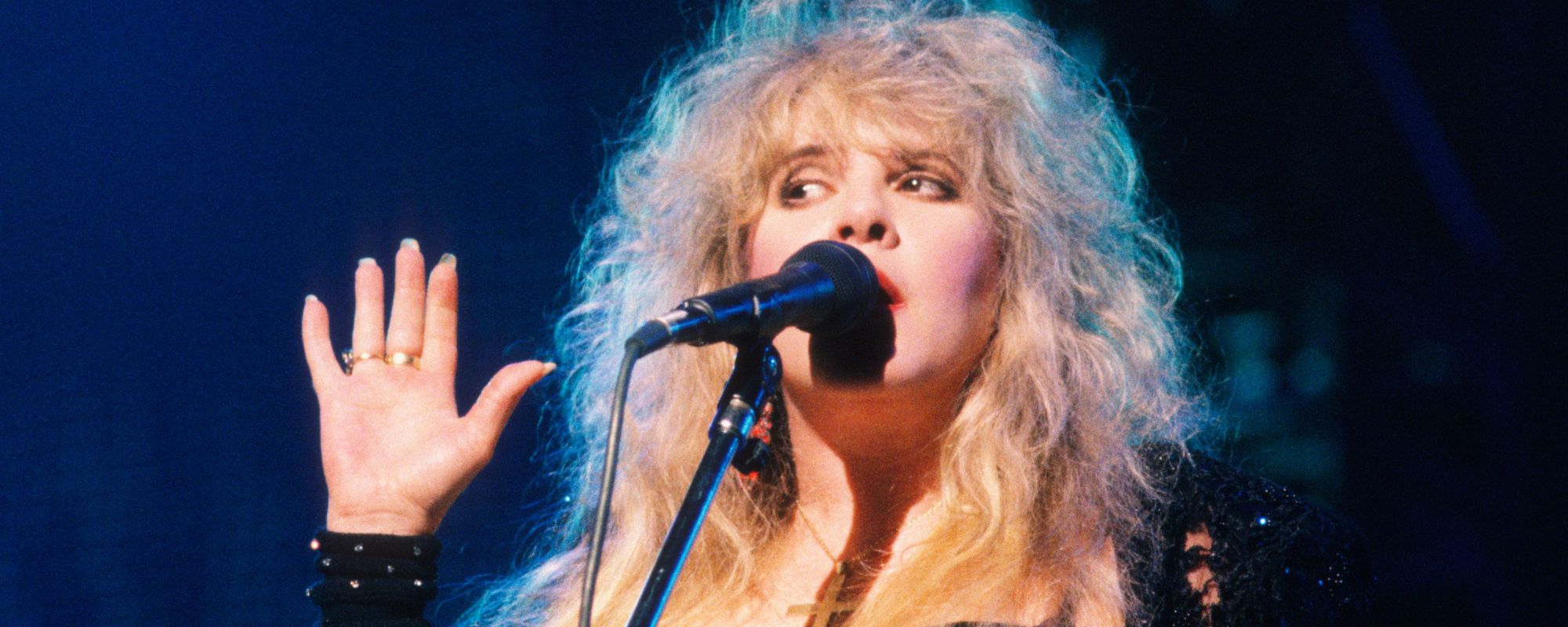
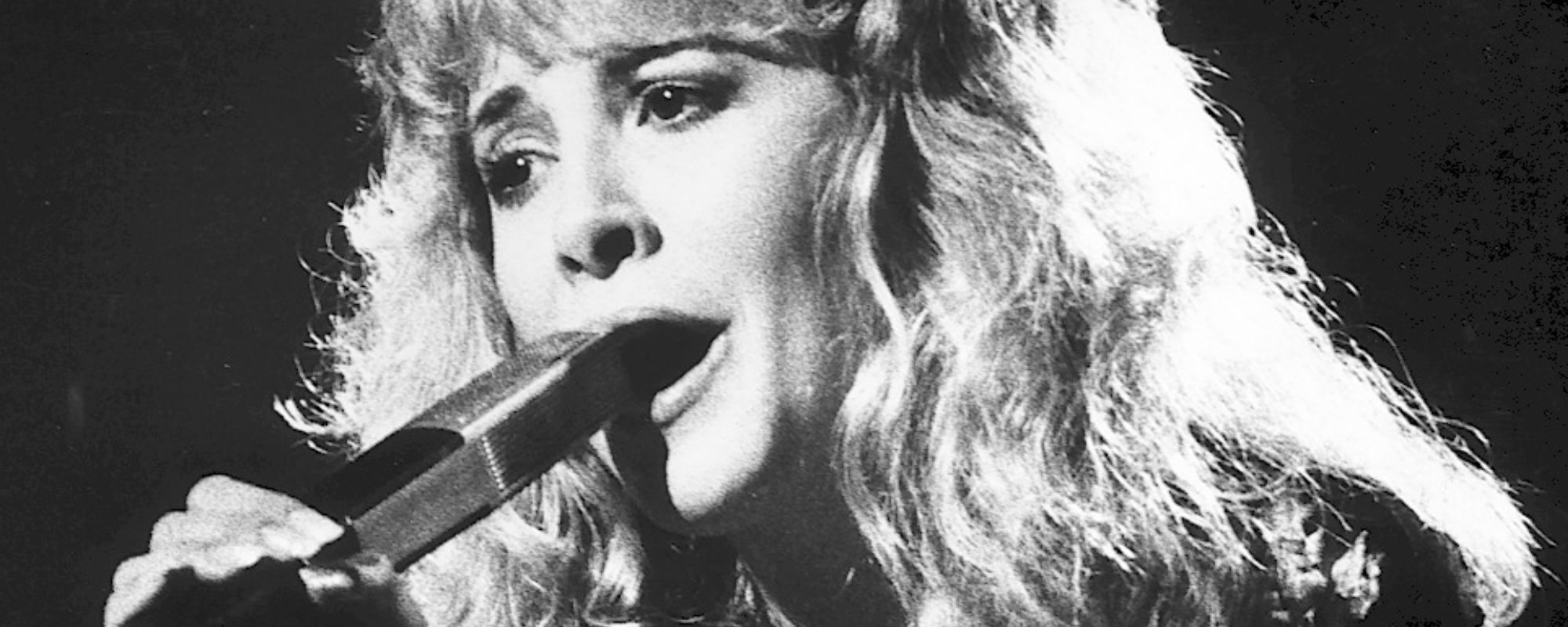
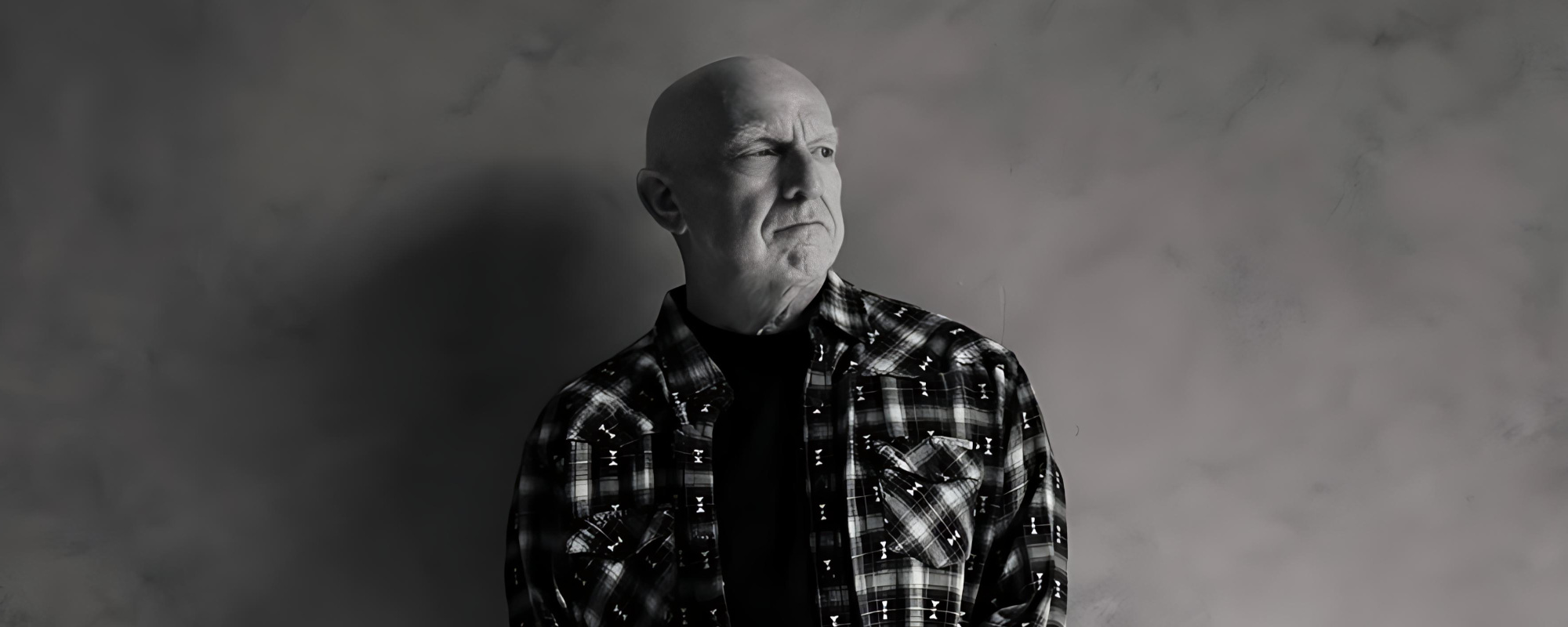

Leave a Reply
Only members can comment. Become a member. Already a member? Log in.